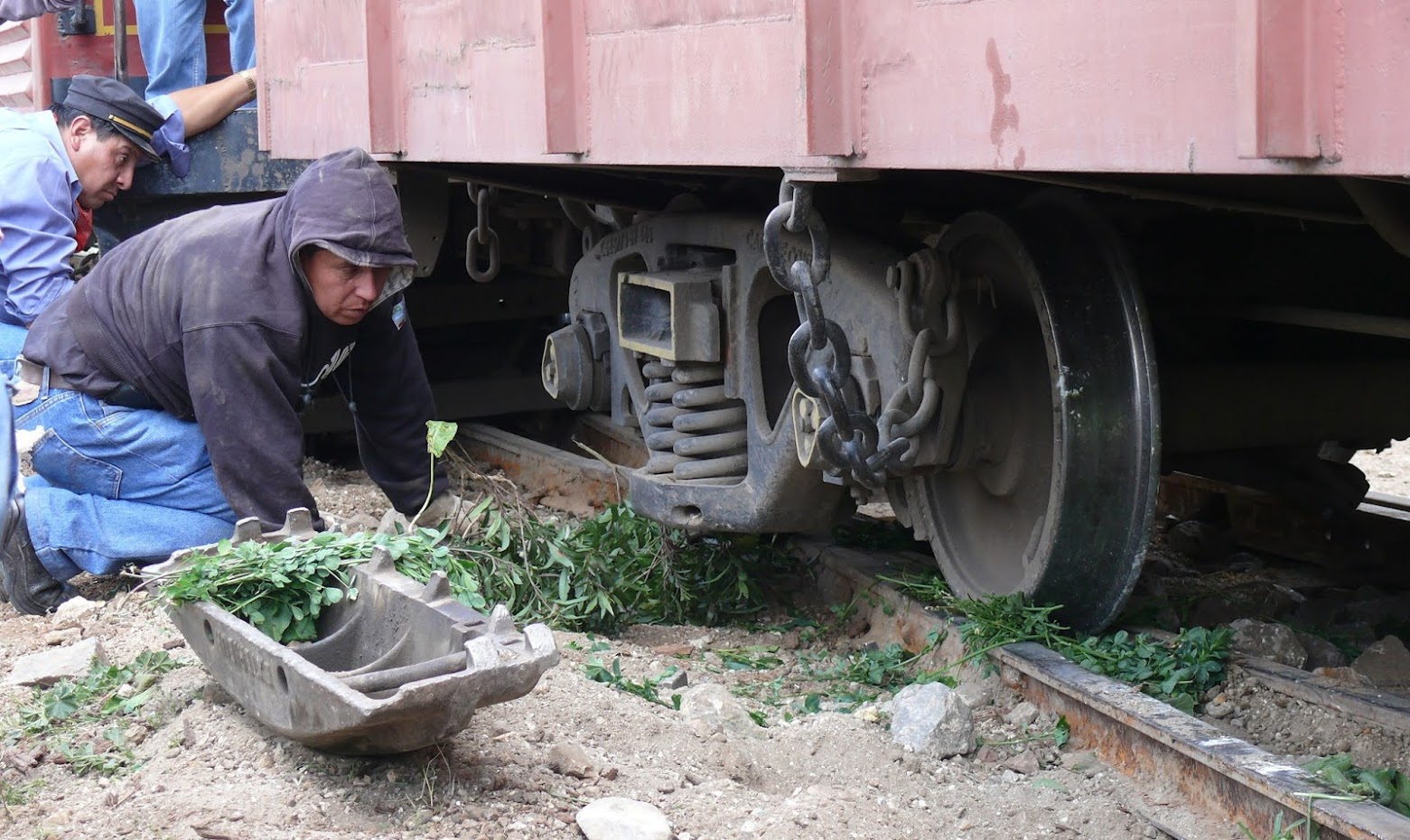The road to VAT (indirect tax) automation - Selection of your VAT automation tool
20+ years of experience in VAT automation motivated me in writing the ‘road to VAT automation’.
My texts are meant to trigger discussion: How did you cope with VAT Automation in your company? What experiences you want to share? What questions you have?
I will be using the word 'VAT' throughout the entire blog, but it does cover indirect tax systems called GST as well as sales tax.
Off we go again ... let's continue on the road to VAT Automation.
Inside the ERP system or add on?
The first
question to be answered is whether you want to develop your VAT automation solution(s) inside your ERP system or use and add-on.
Some ERP systems may have a module that allows VAT determination or VAT reporting to be automated, but still then, it may be worthwhile to compare the functionalities of all options.
What to consider when choosing your VAT determination engine or VAT reporting tool?
Several different ERP systems and maybe other systems
VAT reporting automation:
If there
are no data coming from different ERP systems which have to be reported
together in one single report, e.g. in the case of VAT grouping, then this may be less of an issue,
but still …
- If you automate the VAT reporting inside each ERP system, then you will need to develop and maintain the VAT reports every single time for every ERP system for every jurisdiction where you have compliance obligations.
- If you do need to aggregate data coming from different ERP systems into one single VAT report then you can either import the data from different ERP systems into one ERP system and start your reporting from there or link your add-on VAT reporting tool to all your ERP systems.
- You may also have a logistic system or financial system which is not a real ERP system. When using an add-on automation solution, this solution should allow you to import these data as well. Extracting or dumping data from such a system is not necessarily more difficult than from an ERP system.
- Keep in mind that in the future things may change. Today you may not have more than one ERP system or other financial or logistic systems in place, but tomorrow there may be an acquisition done whereby the acquired company runs on a different system.
VAT determination automation:
If there are different ERP systems at stake, then, when automating your VAT determination inside your ERP system, it will need to be developed and maintained inside every ERP system and the entire chain will need to be extensively tested end-to-end. Developing VAT determination inside a financial or logistic system may be more cumbersome than in an ERP system, since it is probably more cumbersome to find people on the market with sufficient knowledge. When the automation is done outside the ERP system, then the data connection will need to be linked and tested with all ERP systems and other systems, but the calculation itself will always happen in the same external environment and only be tested once thus.
One global VAT automation tool or region specific solutions?
- yes, it is fully developed for all jurisdictions ?
- yes, we can develop it for all jurisdictions ?
- more in-depth knowledge of the solution provider of the requirements by tax authorities and legislation as such.
- less customization of the automation tool, which may mean a large cost saving (which may very well off-set the so called saving by choosing a global solution) and a much more speedy implementation. Anyway, you will probably go live per region (more of this in one of the upcoming blogs).
Selection process
Request for proposal … or not?
Many
businesses draft very long lists with requirements, requests for proposal (RFP),
however I am not convinced this is the right way to initiate the selection
process.
Questions
are often not well framed and leave a lot of room for interpretation and are
thus difficult to answer. Not to say, that often the replies are formulated in
an overly optimistic way. Making a selection on a paper-based RFP, even when it
is only a first selection, might not result in the best selection.
My advice
would rather be to invite one large provider for a couple of hours and have
some important business cases in mind, a good knowledge of your (main) ERP
system, the underlying databases and amount of data involved. Go immediately for
the deep dive, ask to show how their solution works and by talking through you
will gain a lot of insight. This way you will be prepared for the next meeting
with another supplier of automation solutions.
It is
crucial to foresee enough time for the meeting so that not everything must be
squeezed inside a one hour demo; you should be able to assess based on
interactive demos rather than on a well prepared standard presentation. This
way, you will gain more and more insight in your own automation project as well
as in the different solutions on the market. After having some meetings, you
can then decide either to continue with more meetings or to draft an RFP. Indeed,
you may have to re-invite the first one(s) you had the meeting with because you
will have gained more insight in what is feasible and what is not, as well as what you
actually need.
The
meetings should always be held with the same team members: from the tax side: VAT
manager/director, VAT Compliance manager and assistant. From the IT side you
need people with a good insight into the database set-up, cloud environment, configuration and
customization of the ERP system(s), etc. This team will gradually build up knowledge. You should
consider this to be a ‘pre-project’ project.
Implementation & budget
The extent
to which you want to automate may largely influence the implementation time and thus
cost. Needless to say, but solely automating VAT reporting is a quicker process
than automating VAT determination and less budget will be needed.
Keep in
mind that the more in-house people, with knowledge of your business flows and
VAT situation and IT infrastructure, can work on the project, the faster
you can implement. The quality of the implementation should even be better as
well. It therefore is important to lobby with all departments within your
business and have them free up people to work on the project. When discussing
implementation time and costs, it is a very important factor to keep in mind
that outsourcing a lot of tasks makes the price go up and does not necessary
increase the speed and quality. The best way forward is to hire a few very
experienced consultants and do the set up in house. This way of working also
allows you to better maintain your set up afterwards.
Maintenance
If the
solution comes with a pre-defined set of rules reflecting the VAT legislation, who has to take care
of the law changes? The user or the solution provider?
In case the
solution provider takes care of it, how do they organize it? How qualified are
the people responsible for the maintenance? How often are updates provided? Law
changes can occur very sudden but can be at the same time very imminent. How
time-consuming is the installation of the updates? What knowledge level is
required? Can you do it in-house?
Should the
user have to do the updates, will the solution provider provide the user with
the information or does the user need to keep track of all changes himself and implement ll the changes himself in his automation solution?
Reference users?
It is very
often seen that contact details of reference users are being asked for to
different solution providers when a short list has been made. Still, you can also consult your professional network
yourself. Ask around to hear what solutions colleagues are using and try and
set up some in-depth meetings to gain as much information as you can.
Topics to
raise are:
- Scope of the project: number of jurisdictions, number of different ERP systems, sort and variety of transactions, …
- Selection process: the reason for selecting a certain solution or just not
- Implementation process: size of the VAT and IT team involved (and the level of the team members), in-house or external, budget, time-lines (respected), hiccups, …
- Budget: what budget was spent and was budget had been foreseen? Why was there an over/under spent?
- Flexibility of the solution: was the standard solution implemented or were there optional developments needed? To what extent was all this clear at the moment of selecting the service provider and solution?
- Experience with the maintenance: does the solution provider supply the maintenance in time? How much time is needed for installing updates (including checking and testing the updates supplied)? Do they miss changes in law? Are the updates first installed in a test-environment?
- The outcome:
- Is the outcome correct?
- Is the outcome as expected? Is it in line with what was sold by the solution provider?
- Is the outcome fully ready?
- For reporting: ready to file with the tax authorities without manipulation.
- For determination: are there many situations where the VAT treatment could not be calculated?·
The decision
Isabelle Desmeytere
VAT Technology Implementation Consultant - VAT Interim Manager - VAT Software Developer
isabelle@desmeytere.be




I have been searching for such an informative publication for many days, and it seems that my search here has just ended. Good job. Continue publishing.
ReplyDeletevat return service in London